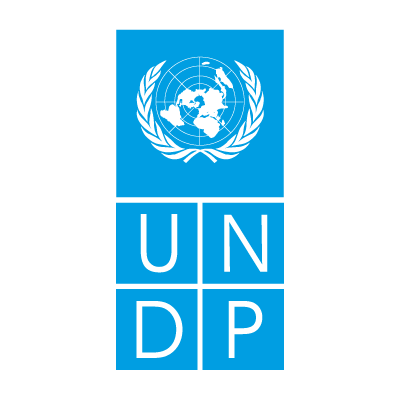
KNOWLEDGE
HUB
Case Study
Tanzania’s integrated resources and resilience planning program
Currently the electrification rate is Tanzania is 30% (can be as low is 11% in rural areas) and the government has a goal of 75% electrification by 2035. This is an estimated addition of 60 million new electricity users. Some of the major barriers to better energy planning and performance include lack of supporting policy and regulations and the need for significant infrastructure improvements; thus, highlights the strong need for enhanced planning in the power sector and understanding the resilience of the grid to these stressors. Taking into account the risk associated with climate changes into project identification, planning and implementation are key components to maximizing resilience of the power sector. Recently, the USAID along with the International Climate Fund have boosted the integrated resource planning strategy to integrated resource and resilience planning strategies. This now includes planning for resilience of the power sector for climate change, scenario-based resilience analysis, evaluating the incorporation of future energy sources into the power sector and evaluating the demand-side strategies of emerging technologies. This case study is a pilot project of implementing this power sector planning strategy in Tanzania. Capacity building and technical assistance for several Tanzanian organizations will be the greatest impact from this.
Actions profiled
A few key defining characteristics of the integrated resource and resilience planning strategies are; long term planning (up to 30 years), policy considerations, social/environmental factor considerations, stakeholder engagement and risk assessment. Some of the key risk factors that are taken into consideration are fuel prices (and availability), changes to power generation resources due to climatic issues, changes in energy regulations and policy, population growth and major economic changes, technology changes and cost, and natural and man-made disasters. By evaluating the robustness of the power sector to each of these factors, a least-regret strategy (or strategies) will be recommended. A collection of such strategies, will lead to the most resilient plan that can work across multiple scenarios.
Outcomes
This approach is a key low emission development strategy, especially in the case of climate-resilient power planning and has projected to lead to several improvements in Tanzania. One of the main improvements will be in the increased in-house capacity among Tanzania’s stakeholders for better load forecasting, planning and implementation. In line with this plan, training tools will be implemented among the crucial energy sector stakeholders, the Ministry of Energy and Minerals, Tanzania Electric Supply Company and others. The resilience planning also includes increased coordination among the stakeholders to develop short, medium and long term implementation of policy reforms, risk management and coordination plans with the government.
Institutions Involved
- Ministry of Energy and Minerals
- Tanzania Electric Supply Company
- USAID
- International Climate Fund



